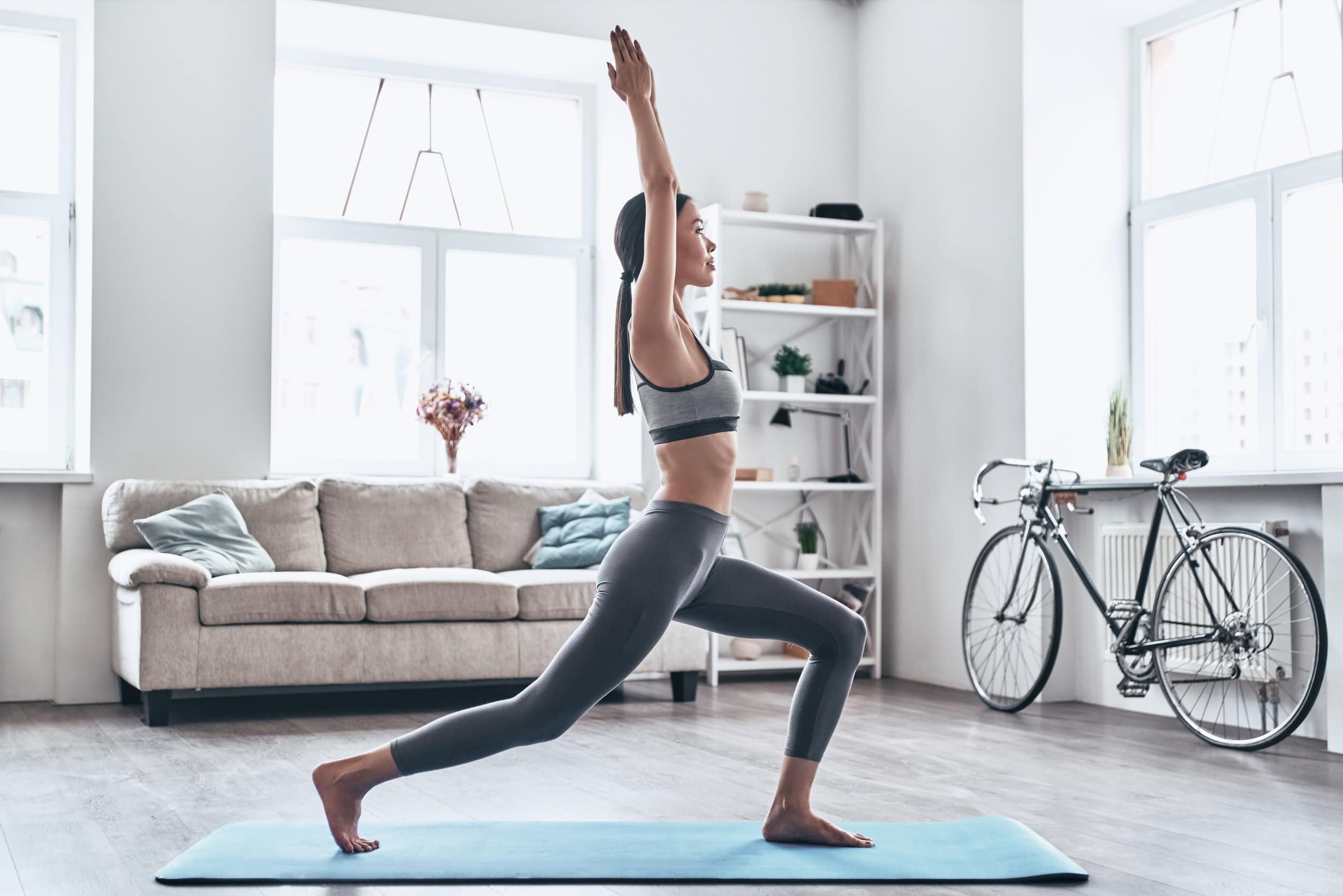Most of us are familiar with the popular phrase, “New Year, New You!” Well coming off of what was a trying few years for many- aiming to improve certain aspects of your life can be difficult.
Even though we are still navigating through a pandemic, and looking forward to happier and healthier times.- it might come as a surprise to learn that 74% of adult Americans said they were setting a goal, or a resolution, to better themselves in 2022. Within that group, the most popular resolution category was “health.”
These past few years have been a stark reminder of the importance of physical health and how fortunate we are to access resources that enable us to care for ourselves and our bodies.
The Importance of Physical Activity and Your Health
It’s so easy to get caught up in daily activities and routines, and, as a result, many of us forget to take care of ourselves. Personal health easily gets put on the back burner, and often times everyone else’s needs are prioritized. Plus, if you have a traditional office job or are working from home, chances are you’re spending a great deal of time sitting.
It has been proven that regular physical activity can help to prevent and manage noncommunicable diseases such as heart disease, stroke, diabetes and several cancers. It also helps keep hypertension at bay, maintain healthy body weight and improve quality of life. Physical activity is also a great way to prioritize your overall health and make time just for you.
Now you don’t need to make monumental changes to reap the benefits of physical activity and improve your level of fitness. Taking it one step at a time and making manageable strides is a great way to get started.
The Many Benefits of Improving Your Physical Health
Improving your physical health has innumerable and long-term benefits. Here are some of the top potential health benefits of regular exercise and physical activity:
-
Feel better overall with boosted energy levels and a more positive outlook.
-
Better manage stress and tension (especially important for professionals that continue to work remotely during this time).
-
Fall asleep faster and sleep more soundly.
-
Better manage your weight and/or achieve weight-loss goals.
-
Reduce the need for future medical expenses and costly tests by preventing chronic illnesses and diseases.
-
Maintain your preferred quality of life and your independence.
Get Started with Improving Your Physical Fitness
If it’s been a while since you were consistently physically active, start by identifying opportunities to reduce sedentary time and increase active time. For example, take a walk after dinner instead of watching television.
The hours in each day are of course limited, so you might find it a challenge initially to dedicate active time for yourself. Knowing how to overcome barriers to physical activity, whether they be in your daily schedule or in your mind, will help you push ahead.
If you feel any type of bodily pain or strain in your day-to-day movements, aim to get it resolved ahead of starting a new exercise or fitness routine. Conditions like back, neck and knee pain are quite common and you don’t want to unintentionally risk injury or reaggravate an old injury. It’s best to seek the advice of a licensed medical professional who can guide you on a personalized plan of care.
Increasing your level of fitness by being more active might seem overwhelming. Maybe you’re thinking to yourself, “I don’t have an hour to workout every day.” The American Heart Association recommends at least 150 minutes of moderate-intensity aerobic activity each week. This is a time commitment of less than three hours each week, or less than 30 minutes a day, that can be broken up by doing varied exercises.
Keep in mind, doing some form of physical activity is always better than nothing at all.
Evaluate Where You’re At and the Year Ahead
As you think about becoming more active, take stock of your current level of fitness and be honest with yourself. Maybe you are able to comfortably take a walk around the neighborhood after dinner, but completing a 30-minute cardio workout is too strenuous right now. If you want to be able to increase your endurance and range of motion, write those down as initial goals for you to work toward.
Similarly, think of other fitness goals you would like to reach. It’s important to be specific and think of goals that are attainable for your lifestyle and desired level of fitness. Maybe you’re looking forward to an upcoming marathon or race, or perhaps you would just like to be able to better keep up with your grandchildren.
Write down your goals, assign them a start time and a deadline, and regularly assess your progress. Goals are meant to help you achieve your desired outcome, so don’t slack on this part of the process!
As you look at your year ahead, consider what you have planned. Major events like a surgery can have an impact on your fitness goals. A specialized type of physical therapy called prehabilitation (or prehab) can actually give you a leg up in helping prepare your body for a better post-operative recovery. You can think of prehab as a “dress rehearsal” for your post-operative experience. Its primary goal is to strengthen your body and reduce recovery time.








